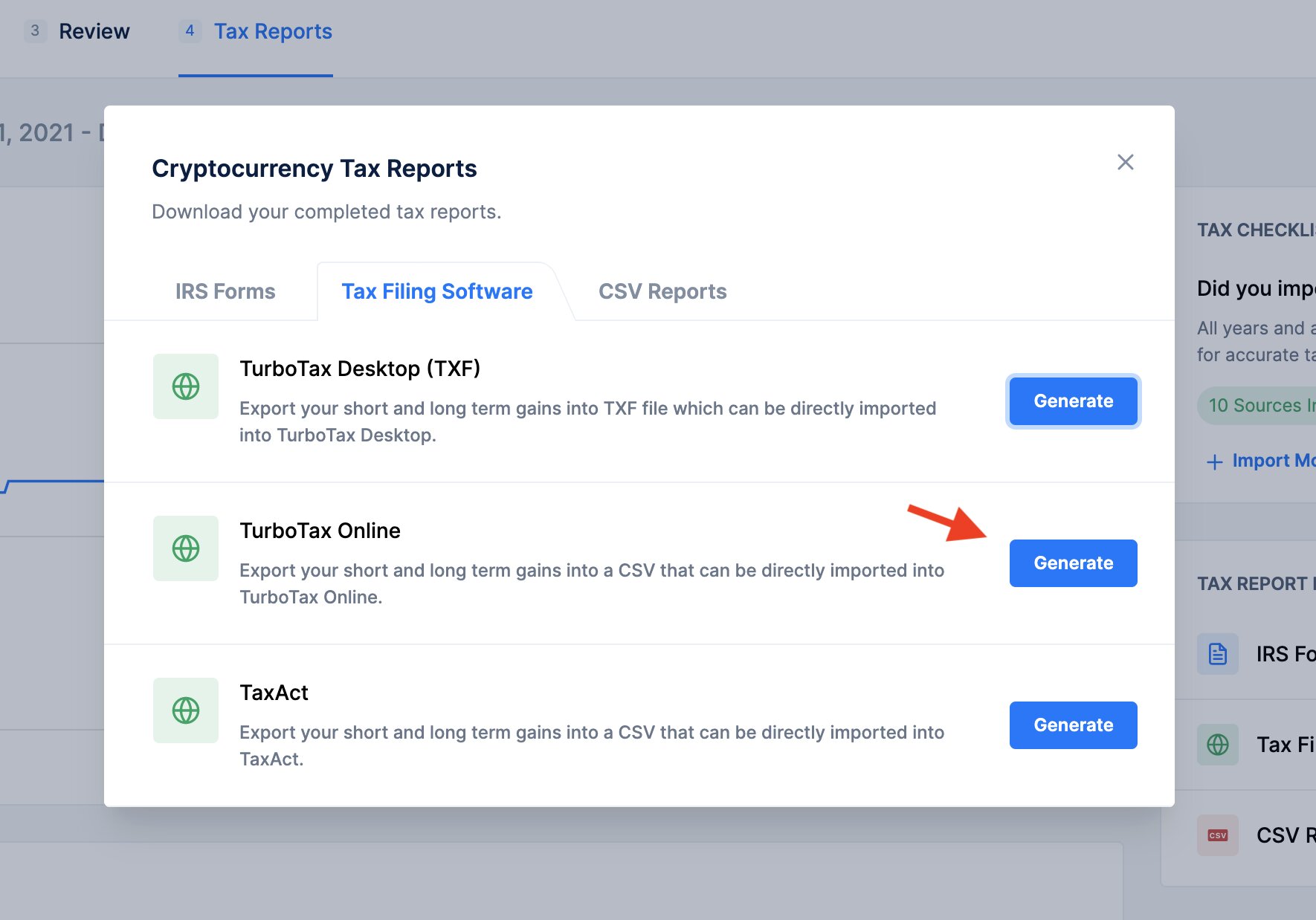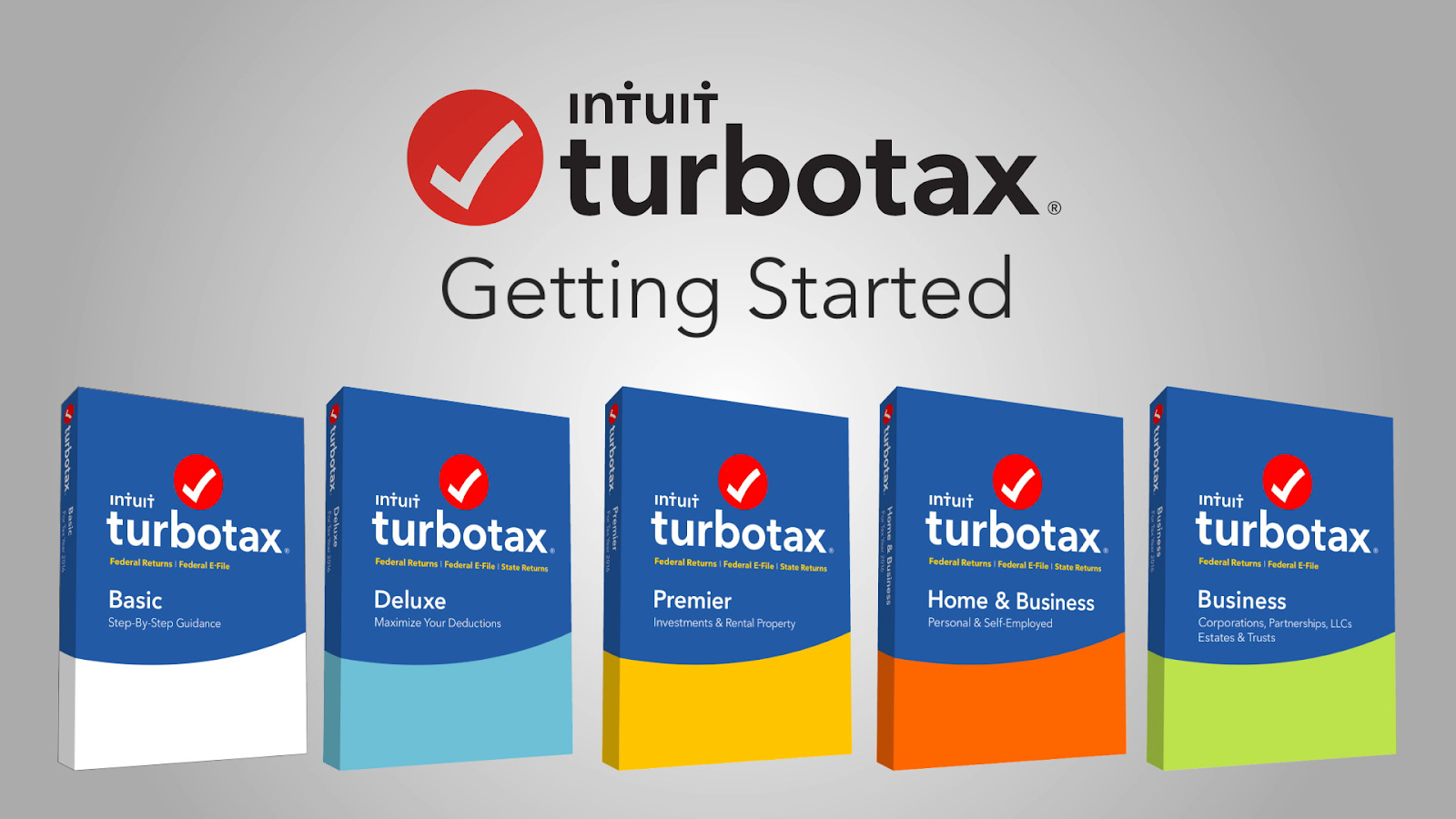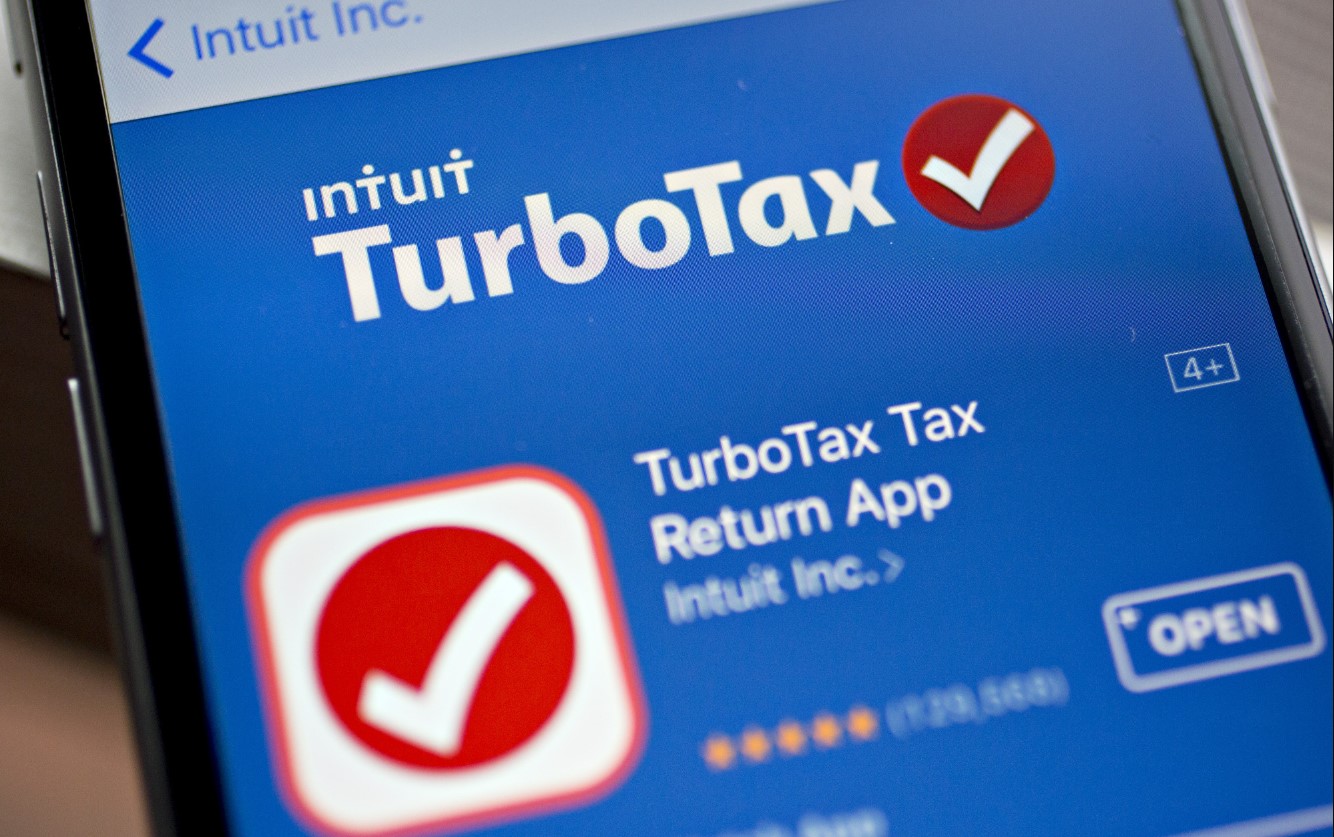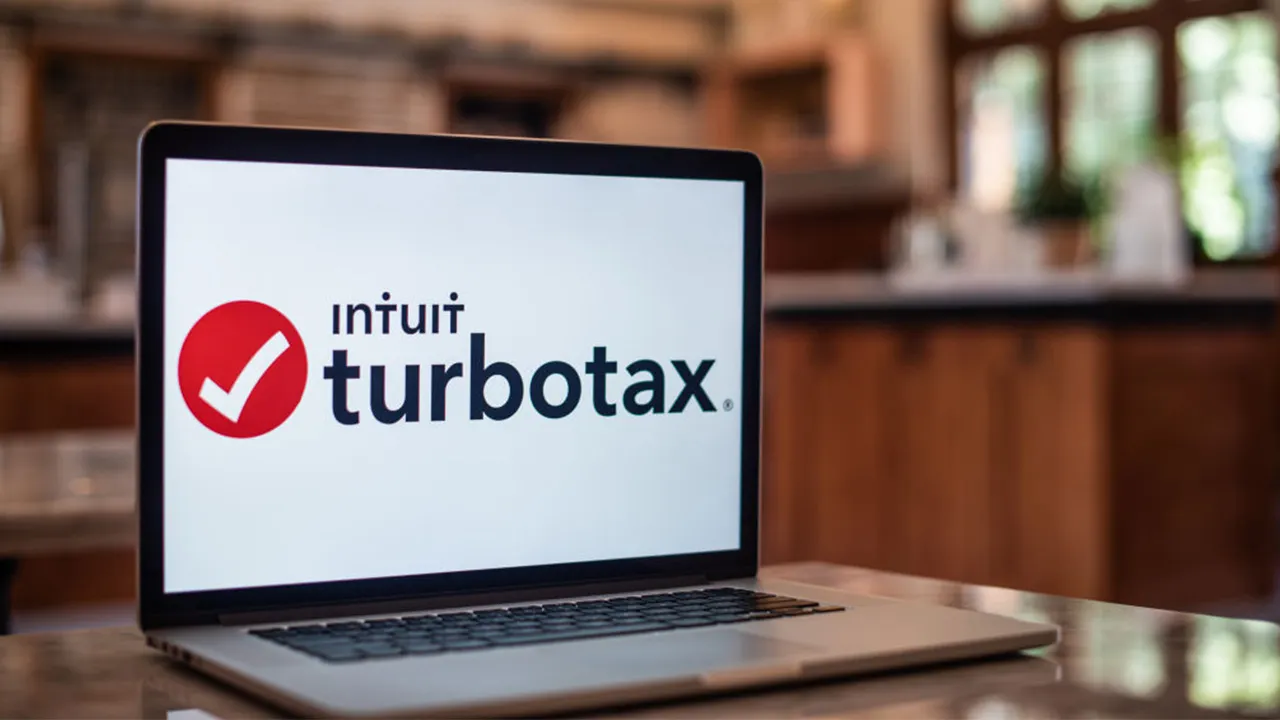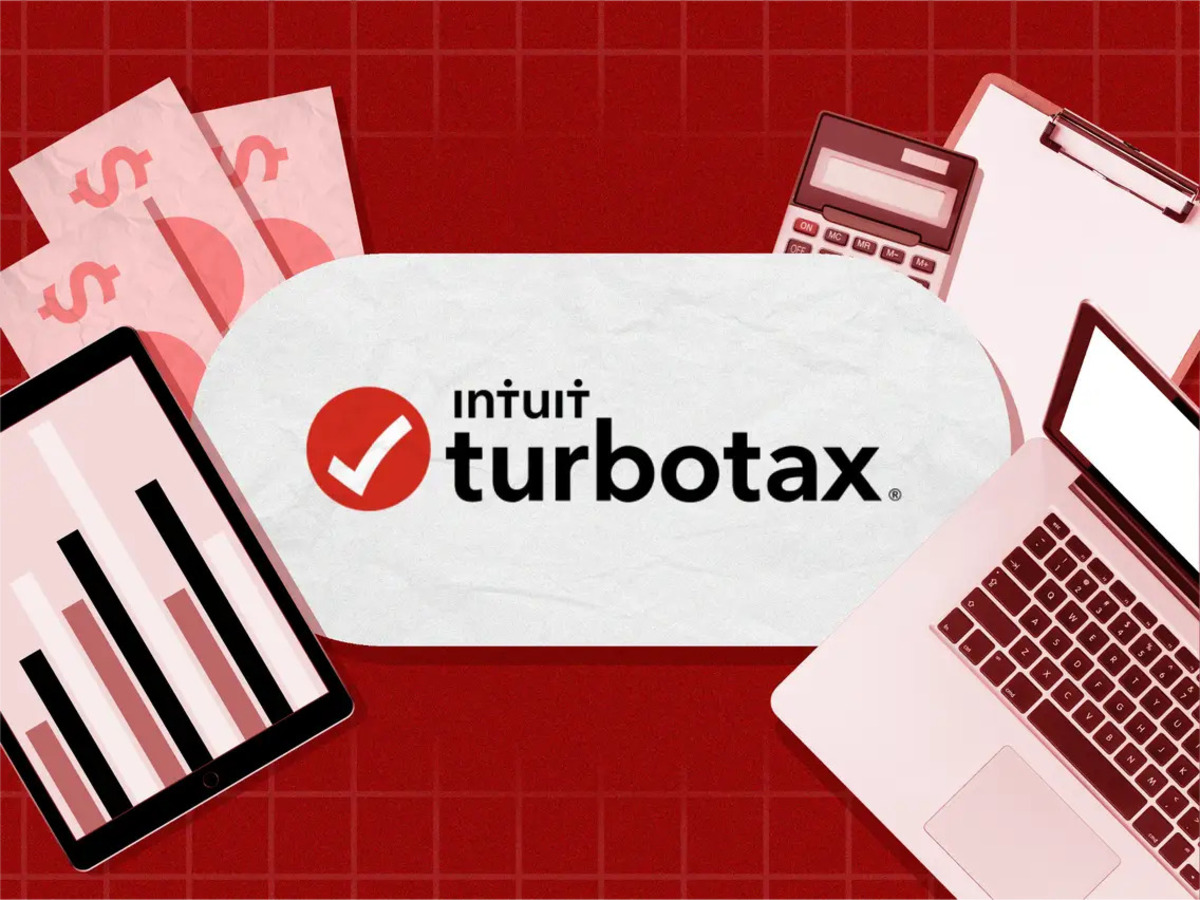Introduction
Welcome to the world of cryptocurrency taxation! As cryptocurrencies continue to gain popularity, it is crucial for investors to understand the tax implications associated with their holdings. Cryptocurrencies, such as Bitcoin and Ethereum, are treated as property by tax authorities, meaning that any gains or losses from trading or investment activities need to be reported on your tax return.
While cryptocurrency taxation may seem complex at first, don’t fret! In this article, we will guide you through the process of reporting your cryptocurrency investments on TurboTax, one of the leading tax preparation software platforms. By following these steps, you can ensure compliance with tax regulations and accurately report your crypto activities.
Before we dive into the nitty-gritty details of reporting cryptocurrency on TurboTax, let’s briefly explore the concept of cryptocurrency taxation. Cryptocurrencies are considered property by the IRS, which means that they are subject to capital gains tax. This tax is calculated based on the difference between the purchase price and the sale price of the cryptocurrency when it is disposed of.
It’s important to note that cryptocurrency transactions are not only limited to buying and selling but also include activities such as mining and receiving cryptocurrency as payment. Each of these activities has specific tax implications that need to be considered when reporting your crypto investments.
With the ever-evolving nature of cryptocurrency taxation, it’s crucial to stay updated on the latest regulations and consult with a tax professional if needed. Now that we have a basic understanding of cryptocurrency taxation, let’s delve into the steps you need to take to report your crypto investments on TurboTax.
Understanding Cryptocurrency Taxation
To navigate the world of cryptocurrency taxation effectively, it’s essential to have a clear understanding of how cryptocurrencies are taxed. As mentioned earlier, cryptocurrencies are treated as property by tax authorities, which means that they are subject to capital gains tax.
Capital gains tax is calculated based on the gains or losses incurred from the sale or exchange of assets, including cryptocurrencies. When you sell your cryptocurrency, whether for cash, another cryptocurrency, or goods and services, you trigger a taxable event. The difference between the fair market value of the cryptocurrency at the time of sale and the cost basis represents your capital gain or loss.
It’s important to note that the holding period of your cryptocurrencies affects the tax rate applied to your gains. If you hold your cryptocurrency for less than a year before selling, the gains are classified as short-term capital gains and are taxed at your ordinary income tax rate. However, if you hold your cryptocurrency for more than a year before selling, the gains are classified as long-term capital gains and are subject to preferential tax rates.
Furthermore, it’s crucial to keep detailed records of your cryptocurrency transactions. This includes information such as the dates of acquisition and sale, the cost basis, the fair market value at the time of sale, and any transaction fees incurred. These records will be essential when accurately calculating your capital gains or losses and reporting them on your tax return.
Additionally, it’s worth mentioning that there are specific tax reporting requirements for certain types of cryptocurrency activities. For example, if you are engaged in cryptocurrency mining, the value of the mined tokens needs to be included as income on your tax return. Similarly, if you receive cryptocurrency as payment for goods or services, the fair market value at the time of receipt needs to be reported as income.
Understanding the basics of cryptocurrency taxation is crucial for accurate reporting. In the following sections, we will guide you through the necessary steps to report your cryptocurrency investments on TurboTax, ensuring compliance and minimizing the risk of errors.
Step 1: Gather Your Crypto Investments
The first step in reporting your cryptocurrency investments on TurboTax is to gather all the necessary information regarding your crypto holdings. This includes details about the cryptocurrencies you own, the dates of acquisition, and any transactions you have made.
Start by compiling a list of all the cryptocurrencies you have invested in. Make sure to include both the popular ones like Bitcoin, Ethereum, and Litecoin, as well as any other altcoins or tokens you may have purchased. It’s important to have a comprehensive overview of your crypto portfolio to accurately report your investments.
Next, gather the dates of acquisition for each cryptocurrency. This refers to the dates on which you acquired the crypto assets, whether through a purchase, mining, or any other means. The acquisition dates are crucial for determining the holding periods and properly categorizing your gains as short-term or long-term.
In addition to the acquisition dates, you need to gather information about any transactions you have made involving your crypto investments. This includes details about buying or selling cryptocurrencies, as well as any exchanges or conversions between different cryptocurrencies. Make sure to note down the dates, amounts, and values of these transactions.
It’s important to be thorough and accurate when gathering your crypto investment information. Double-check your records, exchange statements, and any online wallets or platforms where you store your cryptocurrencies. This will help ensure that you have a complete and precise overview of your crypto holdings.
If you have used multiple wallets or exchanges to trade or hold your cryptocurrencies, you may need to take some additional steps to gather all the necessary information. Some platforms provide transaction histories and export options that can help you consolidate your data. Be diligent in retrieving all the required information to accurately report your cryptocurrency investments on TurboTax.
By completing this first step and gathering all your crypto investment information, you will be well-prepared to move on to the next steps of reporting your cryptocurrency on TurboTax.
Step 2: Determine Your Tax Reporting Category
Once you have gathered all the necessary information about your cryptocurrency investments, the next step is to determine your tax reporting category. The specific category that applies to you will depend on how you have used your cryptocurrencies and the nature of your crypto transactions.
First, let’s consider the most common tax reporting categories for cryptocurrency investors:
- Cryptocurrency Investor: If you have purchased cryptocurrencies with the intention of holding them for investment purposes, you fall into this category. As a cryptocurrency investor, you will need to report your capital gains or losses when you sell or dispose of your cryptocurrencies.
- Cryptocurrency Trader: If you actively trade cryptocurrencies by buying and selling frequently, you may be classified as a cryptocurrency trader. In this case, your cryptocurrency trading activities may be considered as a business, and you may have different tax reporting requirements, such as reporting your gains as ordinary income rather than capital gains.
- Cryptocurrency Miner: If you earn cryptocurrencies by mining, you are considered a cryptocurrency miner. Mining activities are typically considered as self-employment, and the value of the mined tokens needs to be reported as income on your tax return.
- Cryptocurrency Earner: If you receive cryptocurrencies as payment for goods or services, you fall into the category of cryptocurrency earners. The fair market value of the received cryptocurrencies at the time of receipt needs to be reported as income.
It’s important to determine your tax reporting category accurately, as it will impact the specific forms and schedules you need to complete on TurboTax. By correctly identifying your category, you can ensure that you are reporting your cryptocurrency investments in compliance with the tax regulations.
While these four categories cover the most common scenarios, it’s important to note that there may be additional categories or unique circumstances that apply to certain individuals. Consulting with a tax professional familiar with cryptocurrency taxation can help provide further guidance and ensure accurate categorization of your crypto transactions.
Once you have determined your tax reporting category, you can proceed to the next steps of reporting your cryptocurrency investments on TurboTax, tailored to your specific circumstances.
Step 3: Report Crypto Transactions
With your tax reporting category determined, it’s time to report your crypto transactions on TurboTax. The platform provides specific forms and schedules that you can use to accurately report your cryptocurrency activities.
Start by logging into your TurboTax account and accessing the section for reporting investments or financial accounts. Look for the specific section or form that is relevant to your tax reporting category, such as “Capital Gains and Losses” for investors or “Business Income” for traders.
Enter the details of each crypto transaction you made throughout the year. TurboTax will generally ask for information such as the date of the transaction, the type of transaction (buy, sell, exchange), the amount of cryptocurrency involved, and the corresponding value in fiat currency at the time of the transaction.
If you have a large volume of crypto transactions, it’s recommended to use a cryptocurrency tax software or service to automatically calculate your gains and losses. These tools can integrate with TurboTax and streamline the process of reporting your crypto transactions, saving you time and ensuring accuracy.
It’s important to note that TurboTax may provide additional guidance and questions specific to reporting cryptocurrency transactions. Make sure to read through and answer these questions accurately to ensure compliance with tax regulations.
If you have received cryptocurrency as income or have engaged in mining activities, you may also need to report this information on TurboTax. Look for the appropriate sections or forms related to earning income or self-employment to accurately report the value of the received or mined cryptocurrencies.
Once you have reported all your crypto transactions, review the entered information to ensure its accuracy and completeness. Double-check that you have included all relevant transactions and accurately calculated your gains and losses.
By reporting your crypto transactions diligently and accurately on TurboTax, you can ensure that you are complying with tax regulations and properly reflecting your cryptocurrency activities on your tax return.
Step 4: Calculate Cryptocurrency Gains and Losses
After reporting your crypto transactions on TurboTax, the next step is to calculate your cryptocurrency gains and losses. This calculation is essential in determining the taxable amount and accurately reporting the financial impact of your crypto investments.
To calculate your gains and losses, you will need to compare the cost basis (the purchase price of the cryptocurrency) with the fair market value of the cryptocurrency at the time of each transaction. The difference between the two represents your gain or loss.
If you have a small number of transactions, you can manually calculate the gains and losses for each individual transaction. However, if you have a large volume of transactions, it is recommended to use cryptocurrency tax software. These tools can integrate with TurboTax and automatically calculate your gains and losses based on the data you entered.
When calculating your gains and losses, it’s important to consider the holding period of each cryptocurrency. If you held the cryptocurrency for less than a year before selling, the gains or losses are considered short-term. If you held it for more than a year, the gains or losses are considered long-term.
For short-term gains or losses, the taxable amount is added to your regular income and taxed at your ordinary income tax rate. However, for long-term gains or losses, the taxable amount is subject to preferential tax rates, which are typically lower than ordinary income tax rates.
It’s worth noting that certain types of transactions can have specific tax implications. For example, if you have received cryptocurrency as income or have engaged in mining activities, you may need to calculate the fair market value at the time of receipt or mining to determine the taxable amount accordingly.
Once you have calculated your gains and losses, make sure to double-check your calculations for accuracy. Ensure that you have included all transactions and properly categorized them as short-term or long-term. Incorrect calculations may lead to errors in your tax return and potential penalties.
By accurately calculating your cryptocurrency gains and losses, you can ensure that you report your taxable income correctly on TurboTax and comply with tax regulations.
Step 5: File Your Taxes on TurboTax
Once you have completed the previous steps of gathering your crypto investments, determining your tax reporting category, reporting your crypto transactions, and calculating your gains and losses, it’s time to file your taxes on TurboTax.
Start by carefully reviewing all the information you have entered on TurboTax. Make sure that your crypto transactions, gains, and losses are accurately reflected. Verify that you have correctly categorized your gains as short-term or long-term, depending on the holding period of your cryptocurrencies.
If you are using TurboTax’s guided interview feature, the platform will guide you through a series of questions to ensure that you have accurately reported your cryptocurrency investments. Answer these questions carefully, as they may impact the specific forms and schedules generated for your tax return.
Once you have reviewed and confirmed all the information, TurboTax will generate the necessary forms and schedules based on your crypto activities. This may include forms such as Schedule D for reporting capital gains and losses, or other applicable forms depending on your tax reporting category and specific circumstances.
Verify that the forms and schedules generated by TurboTax match your expectations and accurately reflect your crypto investments. If you notice any discrepancies or errors, review the information you entered and make the necessary corrections.
When you are satisfied with the accuracy of your tax return, it’s time to file. Follow the instructions provided by TurboTax to electronically file your tax return, or print and mail it if you prefer a physical copy.
Remember to keep a copy of your tax return and any supporting documents related to your cryptocurrency investments for future reference. This includes transaction records, exchange statements, and any other relevant documentation.
In addition, it’s important to stay informed about any updates or changes in cryptocurrency taxation regulations. As the cryptocurrency landscape evolves, tax laws and reporting requirements may also change. Keeping up-to-date with the latest developments will help ensure that you maintain compliance with the current tax regulations.
By filing your taxes on TurboTax and accurately reporting your cryptocurrency investments, you can fulfill your tax obligations and avoid potential penalties for incorrect or incomplete reporting.
Additional Tips and Considerations
As you navigate the process of reporting cryptocurrency on TurboTax, here are some additional tips and considerations to keep in mind:
- Maintain Detailed Records: Keep thorough records of all your cryptocurrency transactions, including dates, amounts, values, and any fees incurred. These records will be valuable when reporting your crypto investments and calculating gains and losses accurately.
- Consider Working with a Tax Professional: If you are unsure about any aspect of cryptocurrency taxation or have complex crypto transactions, it may be beneficial to seek guidance from a tax professional who specializes in cryptocurrency taxation. They can provide expert advice and ensure that you navigate the reporting process correctly.
- Be Aware of Tax Deadlines: Familiarize yourself with the tax deadlines for reporting your cryptocurrency investments. In the United States, the deadline for filing your federal income tax return is typically April 15th. However, it’s essential to check with the relevant tax authority or consult your tax professional for the most up-to-date deadlines.
- Stay Informed about Regulatory Changes: Cryptocurrency taxation regulations are continuously evolving. Stay updated on any changes to tax laws or reporting requirements that may affect your crypto investments. This will help ensure that you are complying with the latest tax regulations.
- Track Your Basis and Cost Averaging: If you regularly invest in cryptocurrencies or engage in dollar-cost averaging, make sure to track the basis of each purchase separately. This will enable you to accurately calculate gains and losses when you sell or dispose of your crypto assets.
- Consider Using Cryptocurrency Tax Software: Utilize cryptocurrency tax software or services to streamline the process of calculating gains and losses and generating the necessary tax forms. These tools can simplify the reporting process, especially if you have a large volume of transactions.
- Don’t Forget about State Taxes: Remember to consider state tax obligations when reporting your cryptocurrency investments. Some states have specific guidelines or regulations regarding crypto taxation, so be sure to comply with both federal and state tax requirements.
By keeping these additional tips in mind and utilizing the resources available to you, you can navigate the reporting of your cryptocurrency investments on TurboTax more effectively and ensure compliance with tax regulations.
Conclusion
Reporting cryptocurrency investments on TurboTax may seem daunting at first, but by following the steps outlined in this article and considering the additional tips and considerations, you can confidently and accurately report your crypto activities.
Understanding the basics of cryptocurrency taxation, gathering your crypto investment information, determining your tax reporting category, and reporting your crypto transactions are crucial steps in the process. Calculating your gains and losses and filing your taxes on TurboTax are equally important to ensure compliance with tax regulations.
Remember to maintain detailed records, stay informed about regulatory changes, and consider seeking guidance from a tax professional if needed. By doing so, you can navigate the complexities of cryptocurrency taxation and fulfill your tax obligations correctly.
Lastly, always keep in mind that tax laws and regulations are subject to change. It is essential to stay up-to-date with the latest developments and consult with a tax professional or refer to reliable sources for the most current information. Being aware of any changes will help ensure accurate reporting and compliance with the prevailing tax policies.
By following these steps and taking the necessary precautions, you can confidently report your cryptocurrency investments on TurboTax and maintain confidence in the integrity of your tax return.









